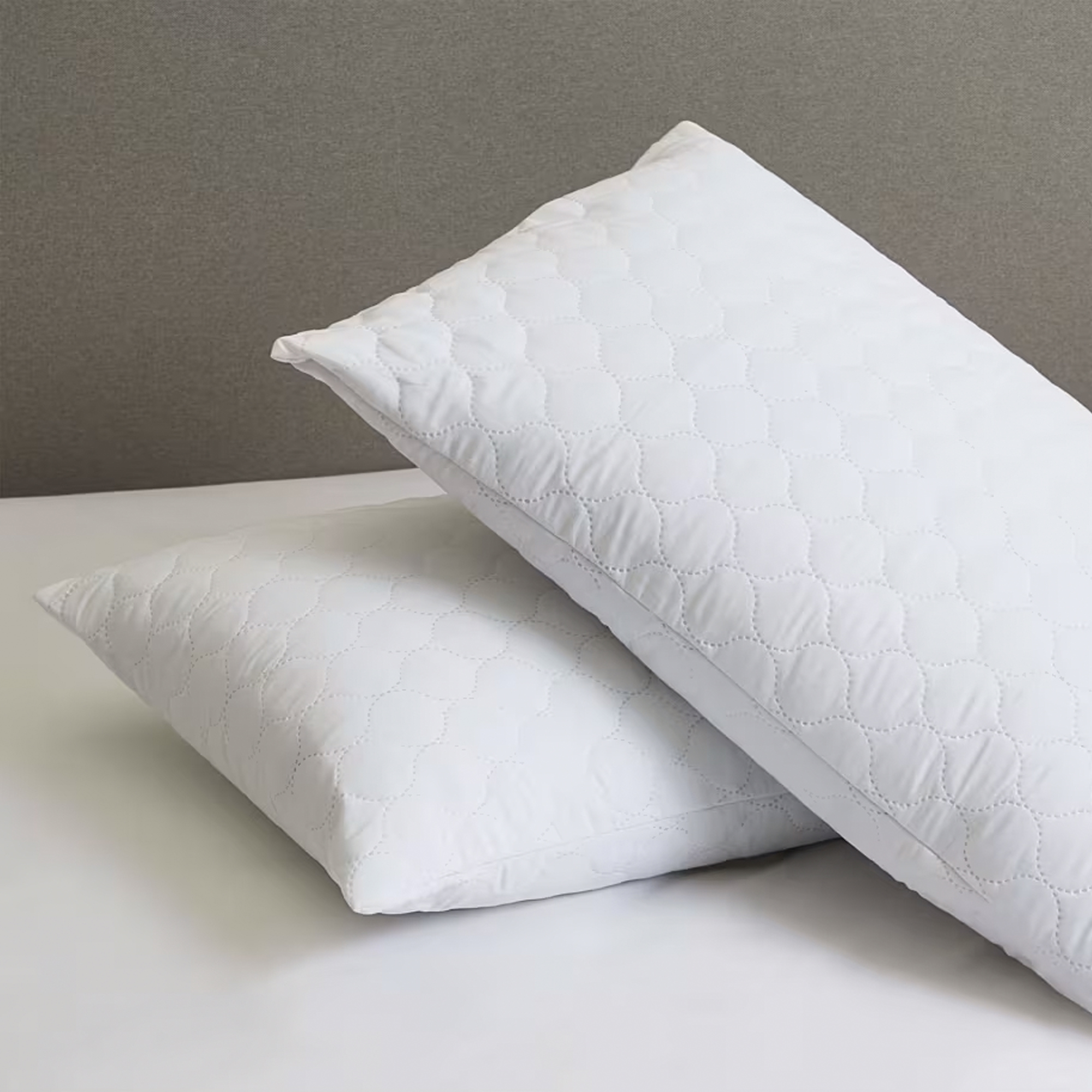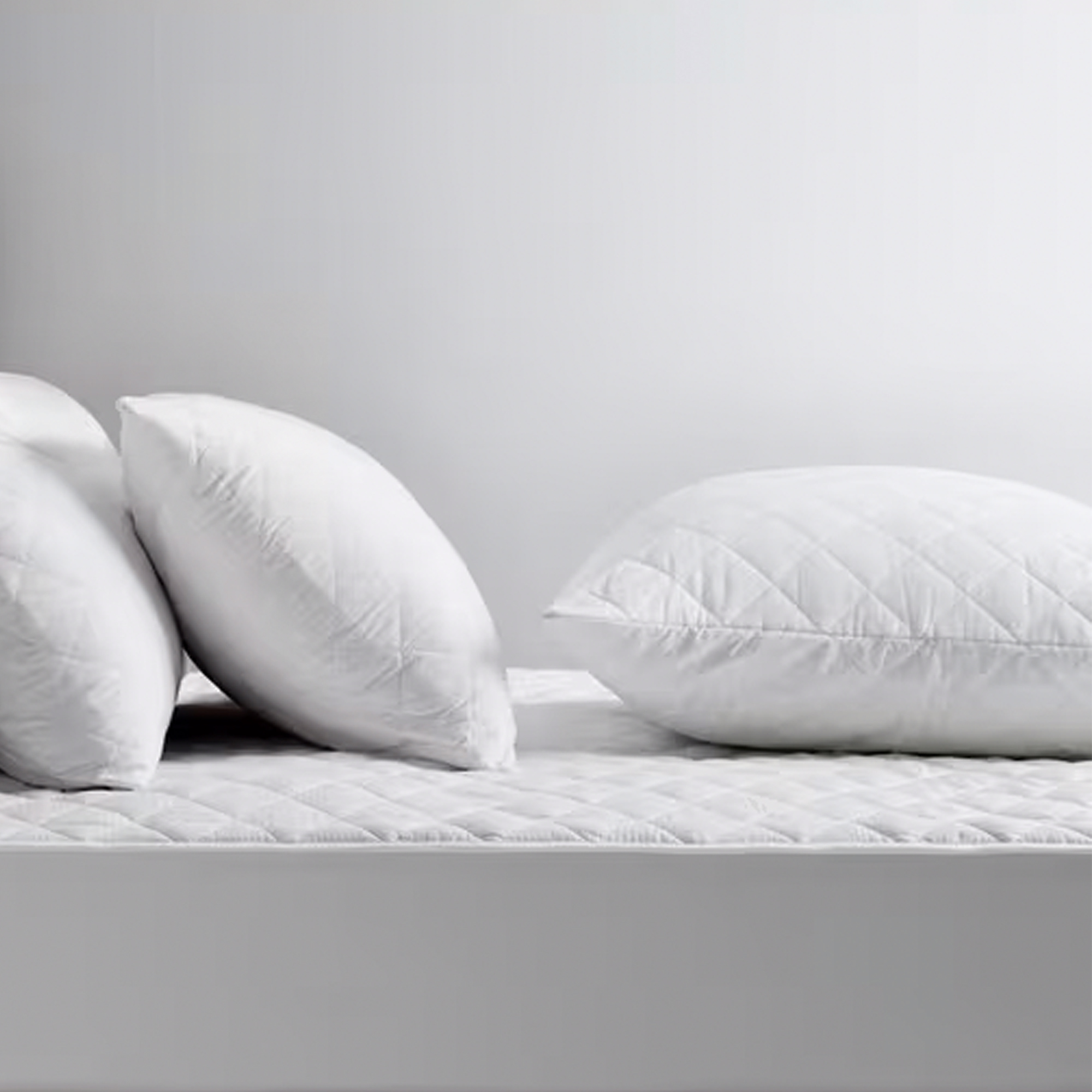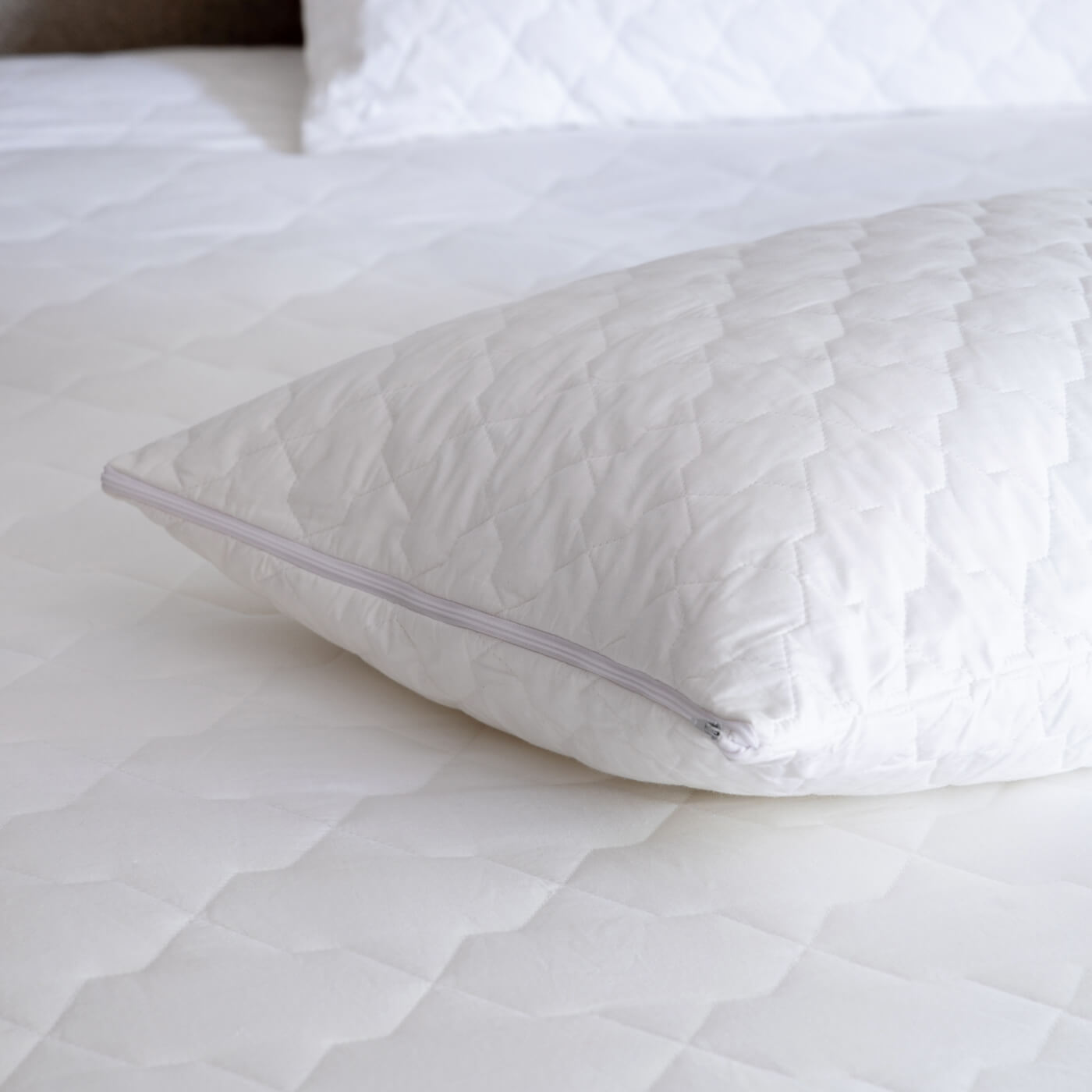Scientist reveals your pillowcase could be dirtier than a toilet seat – this is how to make sure your bedding is germ-free
Make sure your pillow doesn't become a breeding ground for bacteria
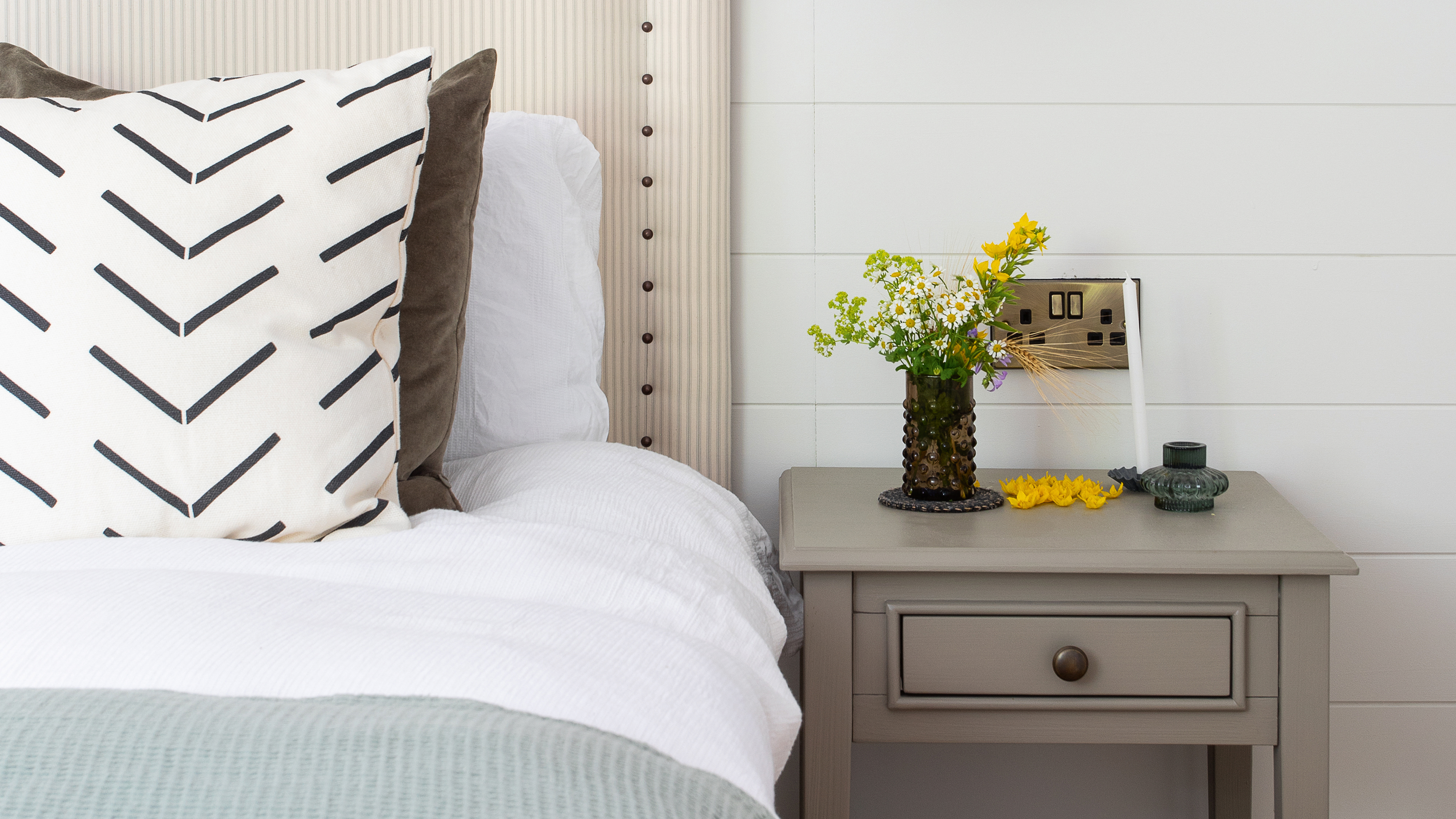

You probably don't need me to tell you that it's a good idea to wash your bedding regularly, but a recent announcement by a science expert might well make laundry day seem a little more urgent.
Yep, according to a biomedical science expert, studies have shown that after just a week on the bed, a pillowcase can have more bacteria on it than your average toilet seat. Urgh, indeed.
When it comes to how often we should wash our bedding, surveys have revealed that many of us launder our sheets, duvet cover, and pillowcases every two weeks.
However, according to Dr Gareth Nye, Lecturer in Biomedical Science at the University of Salford, we might want to consider doing it a lot more frequently than that.
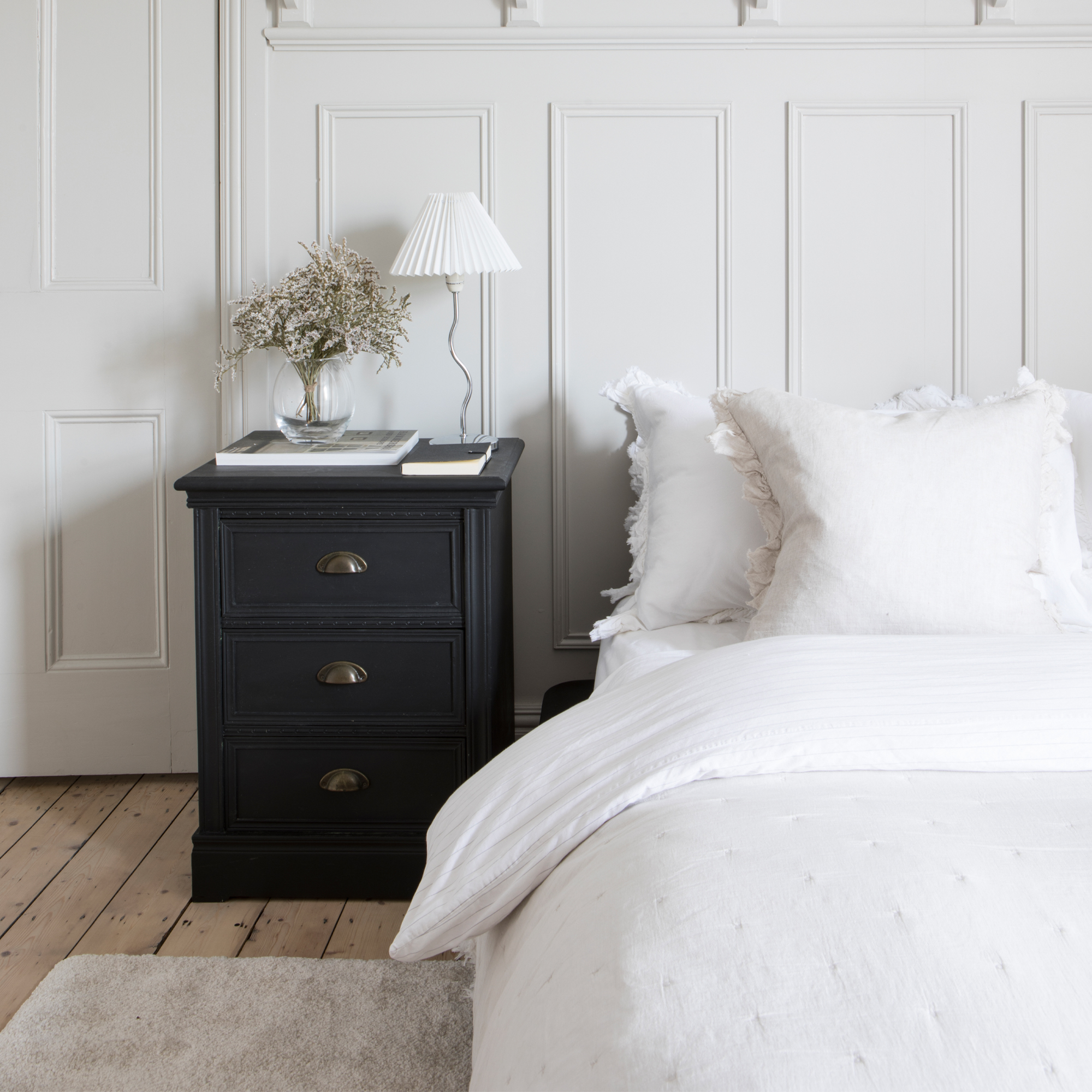
'Most individuals are losing around 500-700ml of sweat every night, which ends up on bedclothes and bedding,' explains Dr Nye. 'This can be significantly higher, though, as most people will have variable sweating rates through the night, with men normally sweating less and women going through menopause sweating the most.'
'Humans will also shed around 500 million skin cells a day, with the majority occurring in our sleep. We are also producing other body secretions, such as drool or saliva. All of these secretions are the perfect breeding ground for bacteria and fungi, as well as some other nasty bugs.'
'Some studies have shown that there were 17,000 more bacteria colonies on a pillowcase after a week compared to a toilet seat,' says Dr Nye, 'meaning where your head is lying each night could have more bacteria on it than the toilet!'.
Sign up to our newsletter for style inspiration, real homes, project and garden advice and shopping know-how
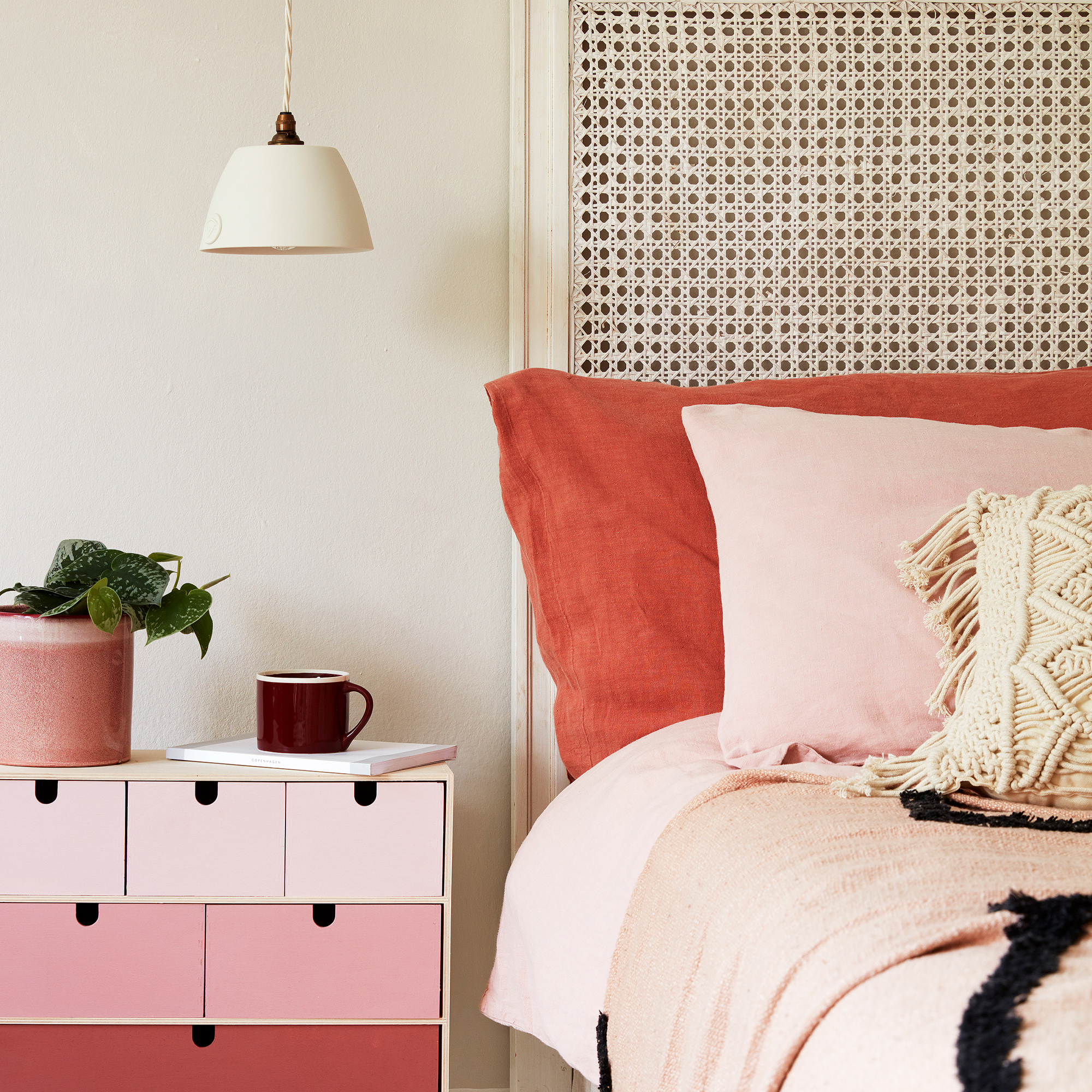
And it can get worse. A pillowcase is designed to protect your pillow, but if we don't wash it frequently enough, then sweat, saliva, and even dust mites can penetrate your pillowcase and reach the pillow itself.
'A typical pillow can have as many as 16 different species of fungus and millions of fungal spores, which can impact those with allergies or asthma,' shares Dr Nye.
Not ideal, I'm sure you'll agree. However, thankfully, experts say we don't necessarily need to strip the entire bed every week to combat bedtime bacteria. There are workarounds.
As Phoebe Street, textile and sleepwear specialist at Pretty You London, explains, 'most people wash their sheets every week or two, which is usually enough.' But if you're worried about the buildup of bacteria on your pillowcase and don’t have time to strip the whole bed, 'just throw the sheet and pillowcases into the wash instead.'
'They collect the most sweat, dirt, and bacteria because they’re in constant contact with your face and hair,' advises Phoebe.
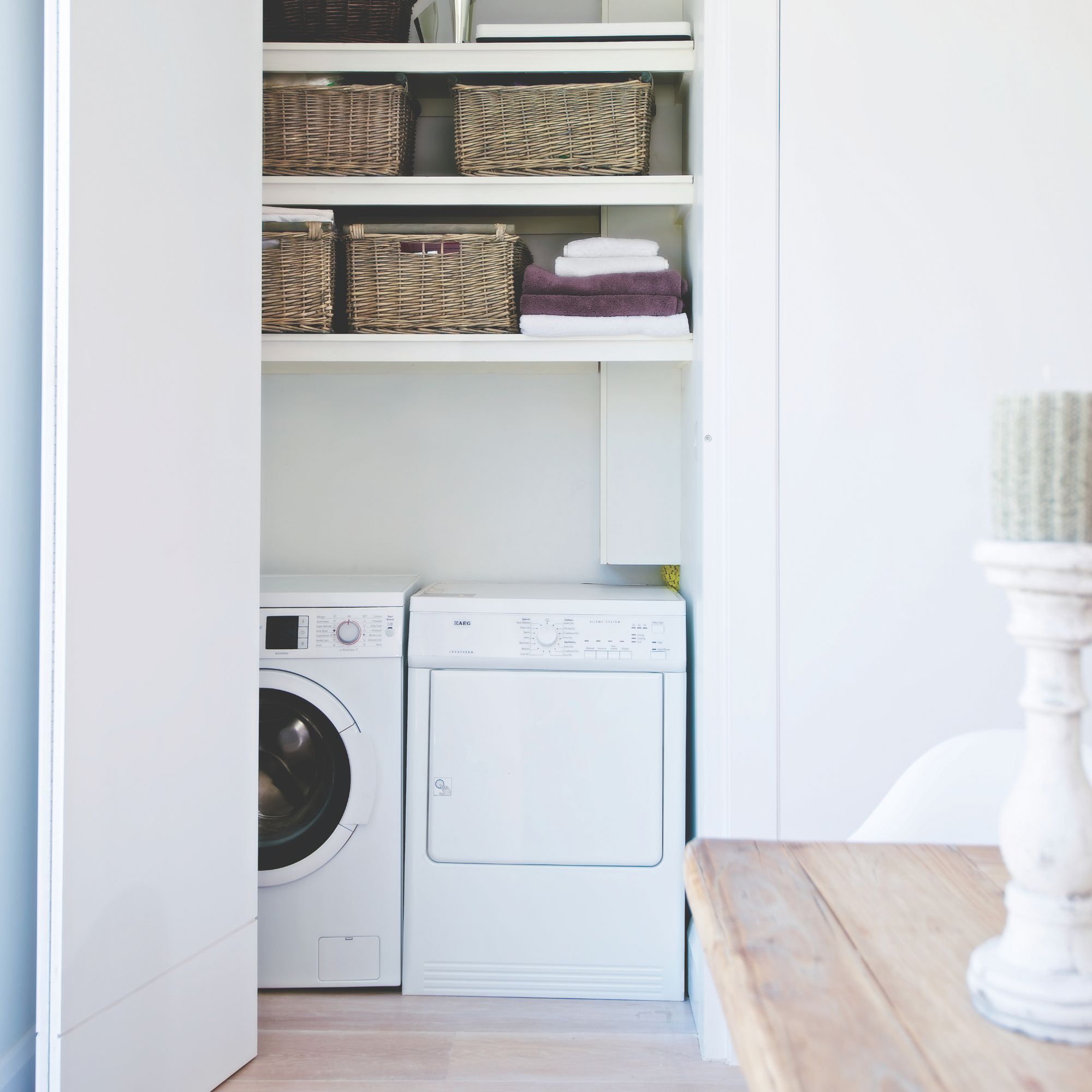
I'd also recommend making sure you have enough sets of bedding for each bed in your home. It can be hard to wash bed linen frequently if you know you need to get it washed, dried, and back on the bed on the same day.
And when you do wash your bedding, 'always avoid overloading your washing machine,' says Phoebe. 'Bedding needs enough space to be rinsed thoroughly, ensuring all trapped sweat and dirt are washed away properly.'
Drying matters too. Phoebe suggests drying bedding outside where possible. 'The UV in sunlight can help to kill bacteria,' she says.
Dr Nye has one last piece of advice. 'Don’t rush to make your bed every morning,' he says. 'Instead, allow it to air out first to prevent bacterial growth.'
After all, if you've invested in the best pillow for your sleep style – whether that's the best memory foam pillow or the best pillow for a side sleeper – you definitely don't want fungi to start making a home inside it!
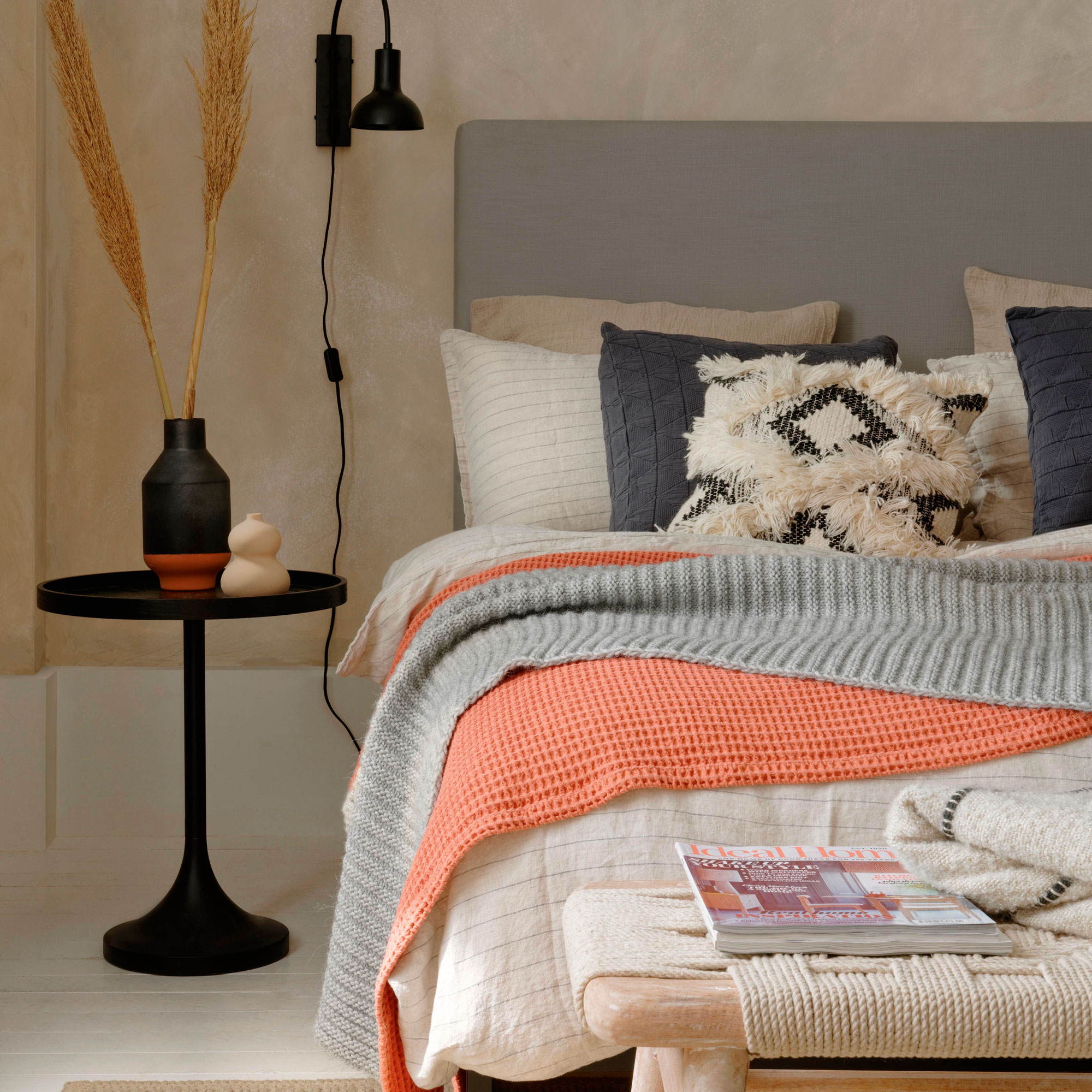
I'd add one last top tip to help prevent your pillowcase and pillow from becoming a breeding ground for bacteria. And that's to consider investing in a pillow protector.
This is an extra layer of protection that goes between your pillowcase and your pillow to offer more defence against saliva, sweat, and dust mites. Adding one to your sleep setup means less googling of how to wash a pillow or how to get rid of yellow stains from your pillow. I've listed three of my top recommendations below.
Add a pillow protector

Amy is Ideal Home’s Sleep Editor and the Ideal Home Certified Expert on Sleep. She's spent the last four years researching and writing about what makes for the best night’s sleep during the day and testing out sleep products to find the best-in-class by night. So far she’s clocked up over 10,000 hours of pillow, duvet, and mattress testing experience.
Our go-to for all things sleep-related, she’s slept on and under bestselling products from Simba, Emma, Hypnos, Tempur, Silentnight, Panda, and many many more.
As a hot sleeper, Amy is always on the lookout for the most breathable bedding, but she also leads a wider team of testers to ensure our product testing encompasses both hot sleepers, cold sleepers, front sleepers, back sleepers, side sleepers, and everything in-between.
You must confirm your public display name before commenting
Please logout and then login again, you will then be prompted to enter your display name.
